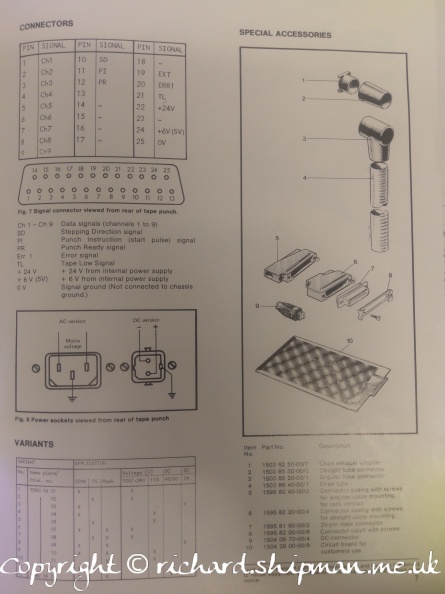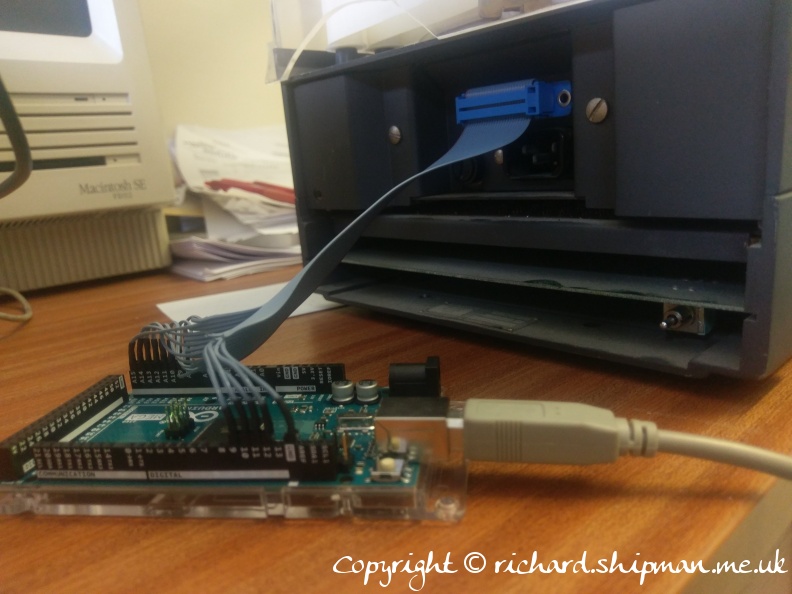If you’ve got more than a passing interest in Artificial Intelligence, then you’ll probably have heard of Professor Stuart Russell. His textbook with Peter Norvig “Artificial Intelligence: A Modern Approach” is required reading for many university AI courses.
This year, he is presenting the BBC Reith Lectures, which have a long and distinguished history of presenting a lecture series by significant thinkers.
The first lecture was on “Living with AI”, a good introduction and the second, on Autonomous weapon systems, the one that I will be concentrating on here.
He mentions in the lecture that he was part of a group that produced a short film in 2017 “Slaughterbots” in order to counter the Hollywood idea that all killer robots are large, humanoid, or tanks, and that the more likely development of autonomous weapons was more likely to be somewhat more mundane.
This nightmare then became reality in 2020, when Turkey sold the Kargu (the description on the website has been updated recently to change operation to “Man-in-the-Loop”), an autonomous rotary wing drone equipped with explosive charges to Libya, where they were used to hunt down and engage (euphemism for kill) logistics convoys and retreating forces (https://spectrum.ieee.org/lethal-autonomous-weapons-exist-they-must-be-banned)
More information about the state of the art, and the attempts to ban these kind of weapons can be found here: https://autonomousweapons.org/ If you are an AI researcher, then consider signing up to the pledge to outlaw these weapons in a similar way that Chemical and Biological weapons have already been outlawed.
Yes, for those that have seen the Black Mirror episode S03E06 “Hated in the Nation”, there are some similarities there.




